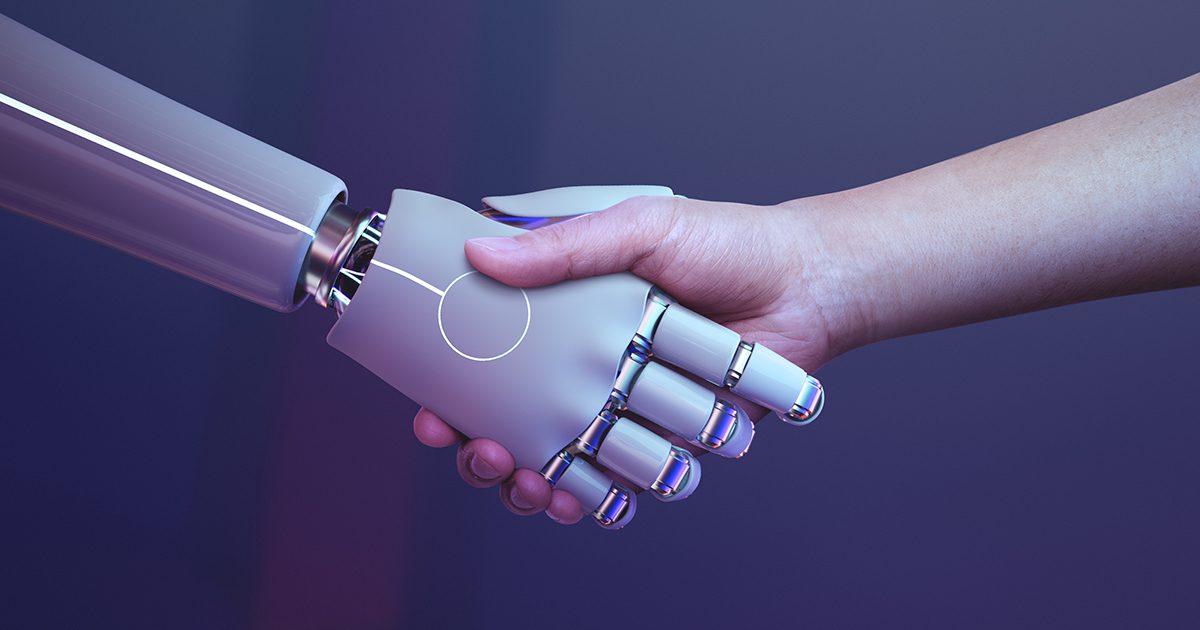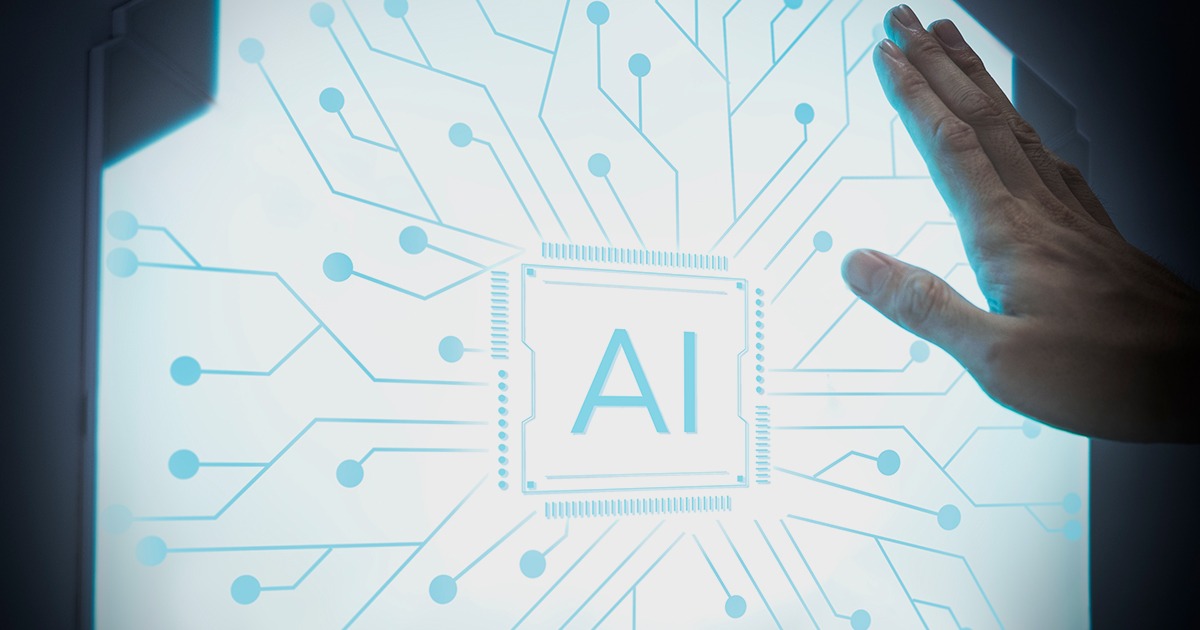Artificial Intelligence (AI) models and machine learning have the potential to extract and harness information in clinical patient data to improve diagnoses and outcomes.
AI models, especially those based on machine learning or machine learning, have shown rapid growth in recent years, some of their uses include medical imaging, cardiology, intensive care, among others. However, clinical adoption of these innovative tools is limited due to barriers in their implementation. Many models only respond and work across specific data and environments, making widespread adoption more difficult.
Magazine npj Digital Medicine journal published the article “Clinical Artificial Intelligence Quality Improvement: Towards Continuous Monitoring and Updating of AI Algorithms in Healthcare.” This article explains that the updating of machine learning models and AI must be continuously monitored and updated so that their safety and effectiveness are ensured in the long term.
“To bring AI to maturity in clinical care, we advocate the creation of hospital units responsible for quality assurance and improvement of these algorithms, which we refer to as “AI-QI” units, the study explains.
The article details that this type of technology is sensitive to changes in the environment, which can lead to a decrease in its effectiveness and performance. In this way, it is necessary to develop tools that maintain the clinical quality of AI-based tools.

In this way, the article explores considerations to choose between methods that have already been applied and new innovative models that provide new solutions to this problem.
“The goal of AI monitoring is to raise the alarm when a special cause variation occurs and help teams identify necessary corrections to the model or data collection/generation process,” the study explains.
The authors identify various variables that can be corrected in a model, for example, changes in the target variable, that is, data such as mean, variance, missing rate, among others; changes in input variables; or changes in the relationship between input and target variables.
See the full article at the following link:






